The content of the article
Unfortunately, today the following trend is observed in the jewelry market: the number of precious metals mined is declining, and the number of salons offering jewelry to consumers is growing in arithmetic progression. In this regard, each of us needs to learn to distinguish true gold from fake, so that one fine day does not make an unpleasant discovery for ourselves - the acquired jewelry made of precious metal is a normal fake. Meanwhile, considerable money has been given for him.
Experts note that other metals are very often mixed into gold to increase its useful life and strength, since the precious alloy is quickly worn away due to its softness. For this reason, even a high quality product may not consist entirely of gold.
If you are not sure that you can identify the fake with the naked eye, go for decoration to branded stores offering goods from well-known foreign and domestic manufacturers. In a large salon, the chance to buy a fake is minimized than in a dubious market stall, since reputable stores value their reputation. Buying will cost more if, of course, the purchase of a fake product was not part of your plans.
A real gold jewelry is worth a test. But in Turkey, for example, they’ll put any sample on your jewelry, such as you wish.
In addition to the sample, a gold jewelry should have a stamp, a tag and relevant information about the manufacturer. Fake products, of course, are sold without any tags or labels.
How to determine the authenticity of gold
According to international standards, gold is considered fake if its net weight in the product is less than 10 carats. The surest way to make sure whether it is fake or not is to contact a specialist - a certified jeweler. If this is not possible, you can use the methods that our ancestors have successfully used.
Iodine
This is one of the most popular and easiest ways, mainly hucksters use it when they buy gold for scrap. Apply a little substance to the product and wait a few minutes. Then wipe the iodine with a dry cloth and examine the decoration. If an imprint remains on the surface, then this is a fake. If the product has not changed color, then this is real gold.
Magnet
Fraudsters often gold plated an ordinary alloy. The magnet will help to make sure that in front of you is a fake or jewelry made of natural gold. If the magnet attracts the product, then this is a fake. This method is not one hundred percent reliable, since copper and bronze may also not be magnetized, but by weight they are much lighter than gold.
Vinegar
This method acts like the previous one. Pour some vinegar into the container, lower the product there for 5 minutes. After the set time, remove and carefully inspect. If the decoration has not darkened, then you have gold.
Lapis pencil

You can buy it at the pharmacy. Wet the test item with water and draw a strip with lapis. On the gold jewelry there will be no trace. The advantage of this method is that the metal oxidizes instantly.
Nitric acid
This test will allow you to most reliably determine the authenticity of a gold product. However, it is rather difficult to acquire nitric acid; mainly jewelers use this method. Nitrogen does not corrode gold, but if the jewelry consists of any impurities, then during the test it will be hopelessly spoiled.
The jewelry is placed in a clean, dry container and a drop of nitric acid is applied to it. If the product:
- turned green - in front of you is a metal coated with a dusting of gold;
- whitened - this is the gilded silver of the highest standard;
- Has not changed color - in front of you is an authentic precious alloy.
Ceramic plate
If you don’t have the right plate, you can use a shard of ceramics, this will be quite enough. Swipe the decoration on the surface. If a black mark remains on it, the decoration is fake. But the golden strip remaining on the plate will indicate that the gold is real.
Bite check
This is the oldest way to determine the authenticity of a precious metal. However, this does not mean that it is the ultimate truth, because now gold is practically not found in its pure form, other metals are added to it.
After the bite on the teeth should remain gold, and the deeper the mark, the higher the sample.
Sound check
If you throw a gold product on a tin surface, it will make a clear, crystal clear sound. This method, like the previous one, cannot be completely reliable.
Comparison method
Each person will find a product in the authenticity of which he is absolutely sure. You can conduct a comparative analysis using a real gold jewelry. Draw a line on any flat hard surface. Nearby draw a line with a product whose cleanliness you doubt. In theory, if both prints are identical, then both jewelry are genuine. But this method has a significant drawback - the sample can be different, therefore, the lines will differ.
Chlorine Gold
When applied to a pure gold product, no reaction will follow. The alloy will begin to hiss and oxidize.
Special device
Fortunately, today there is no need to use ancient methods for determining fakes. There are special devices that allow you to conduct an express test for authenticity. The principle of their action is the measurement of the electrochemical potential of the surface of an object.
Gold or brass
Most often, brass is given out for gold, and today's craftsmen have learned to do it so skillfully that it is almost impossible to distinguish a real jewelry from a fake, consisting of zinc, copper, lead and other metals. Of course, only a jeweler can do this correctly, but knowing some of the nuances, it is quite possible to do this yourself:
- Genuine jewelry has a perfect finish. Cracks, chips, nicks should alert.
- The notion that brass visually looks duller than gold metal is erroneous. With quality performance, the copy will shine no less than the original.
- The reddish tint of the metal indicates that copper is present in the composition, and pale yellow indicates the presence of zinc.
- Gold cannot be cheap. If you are offered to purchase jewelry at a low price, then most likely you have a fake.
- If you doubt the authenticity of the metal, scratch the product. If this is a fake, then under the top layer may not be found a precious alloy.
- With daylight changes, neither in the shade nor in the sun, real gold will not change color.
If after testing you still have doubts, bring the jewelry to a jeweler who will issue an exhaustive verdict - is it genuine precious metal or not.
Video: how to distinguish gold and silver from other metals

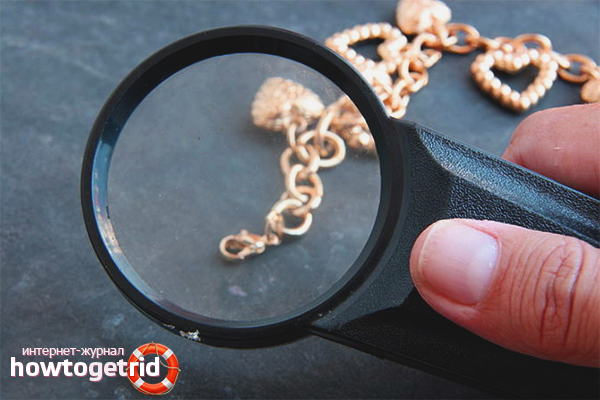

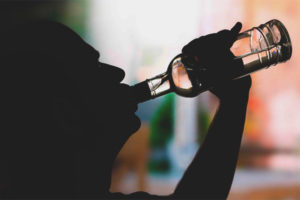
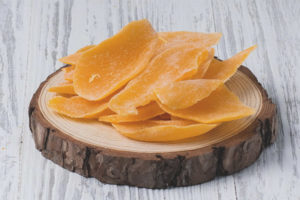
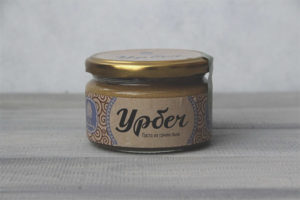

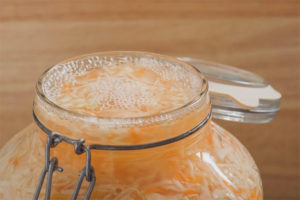



Submit